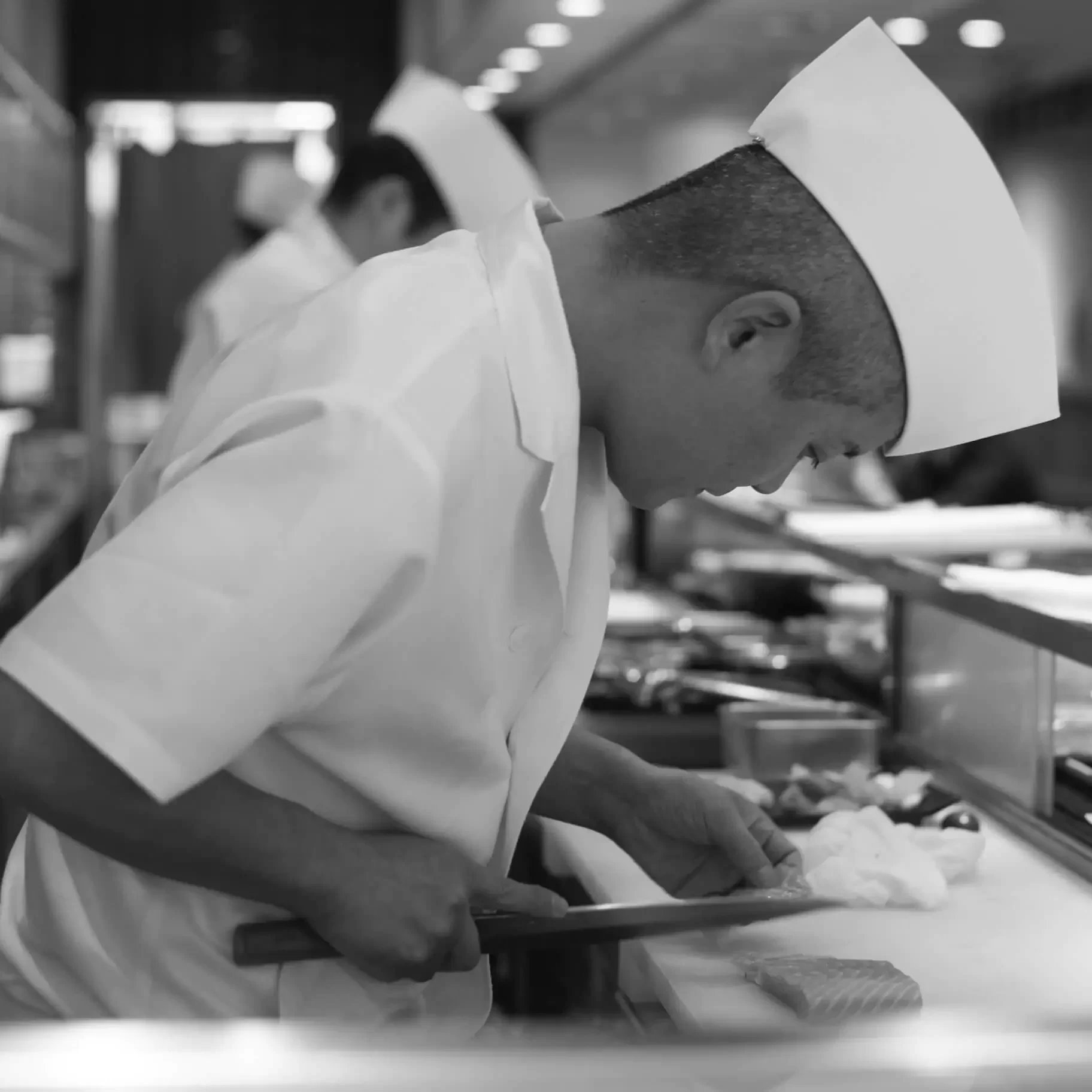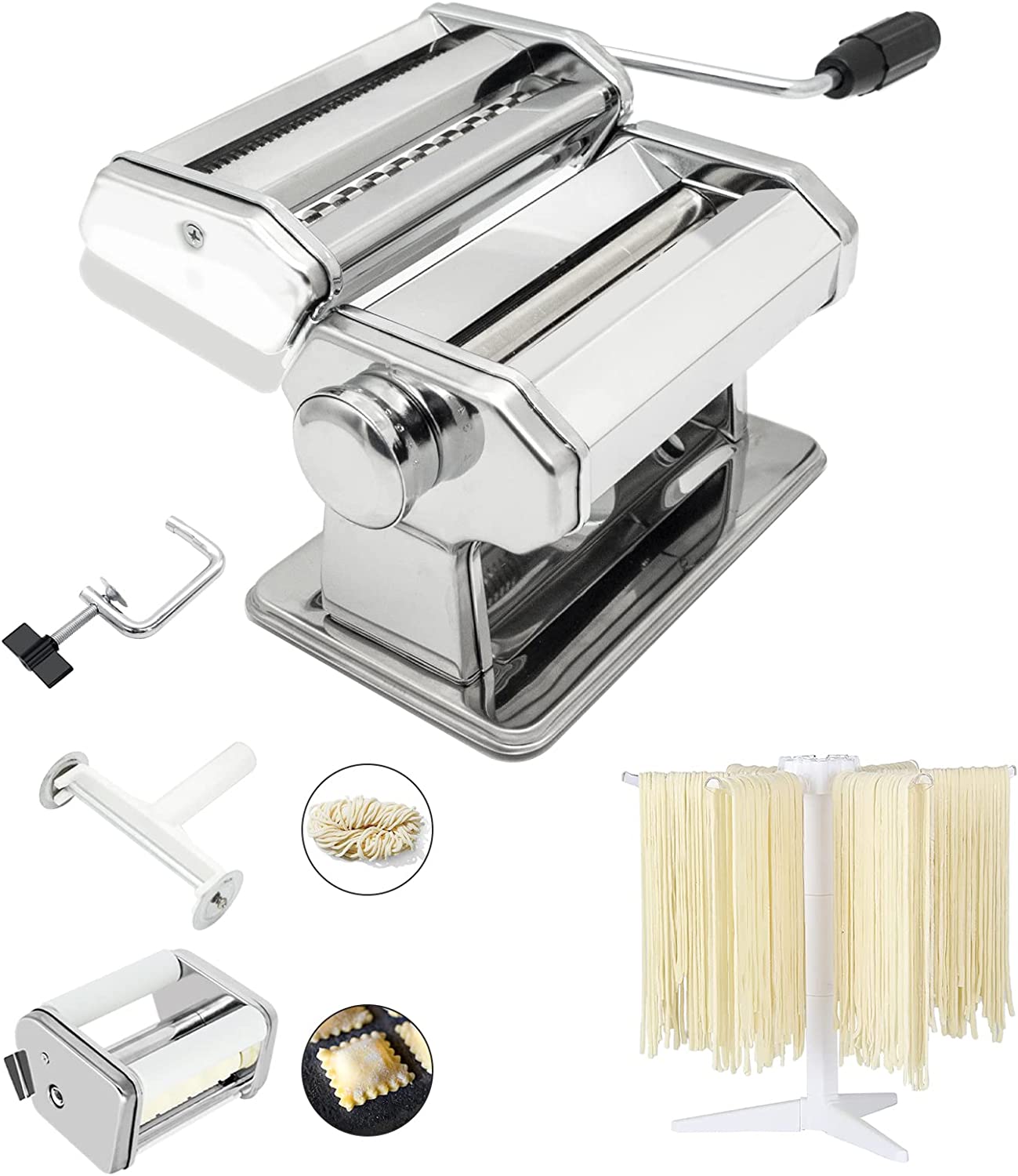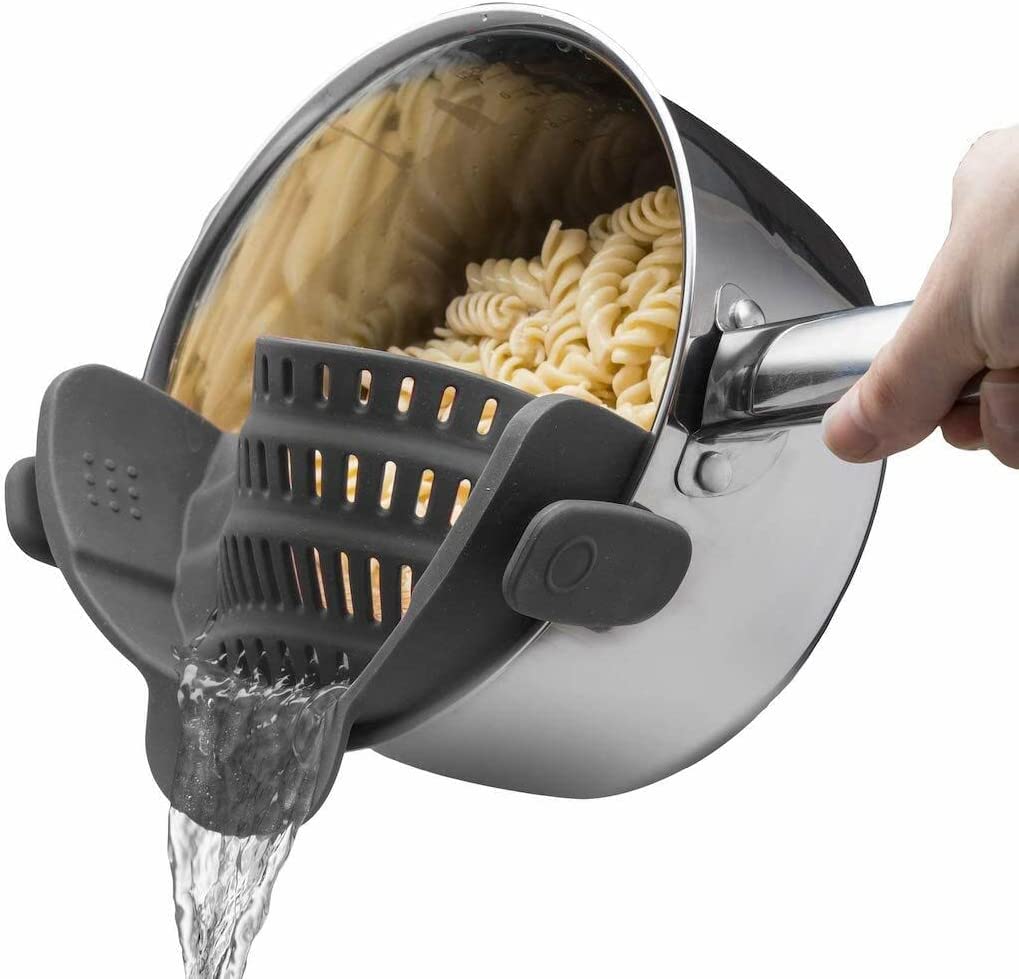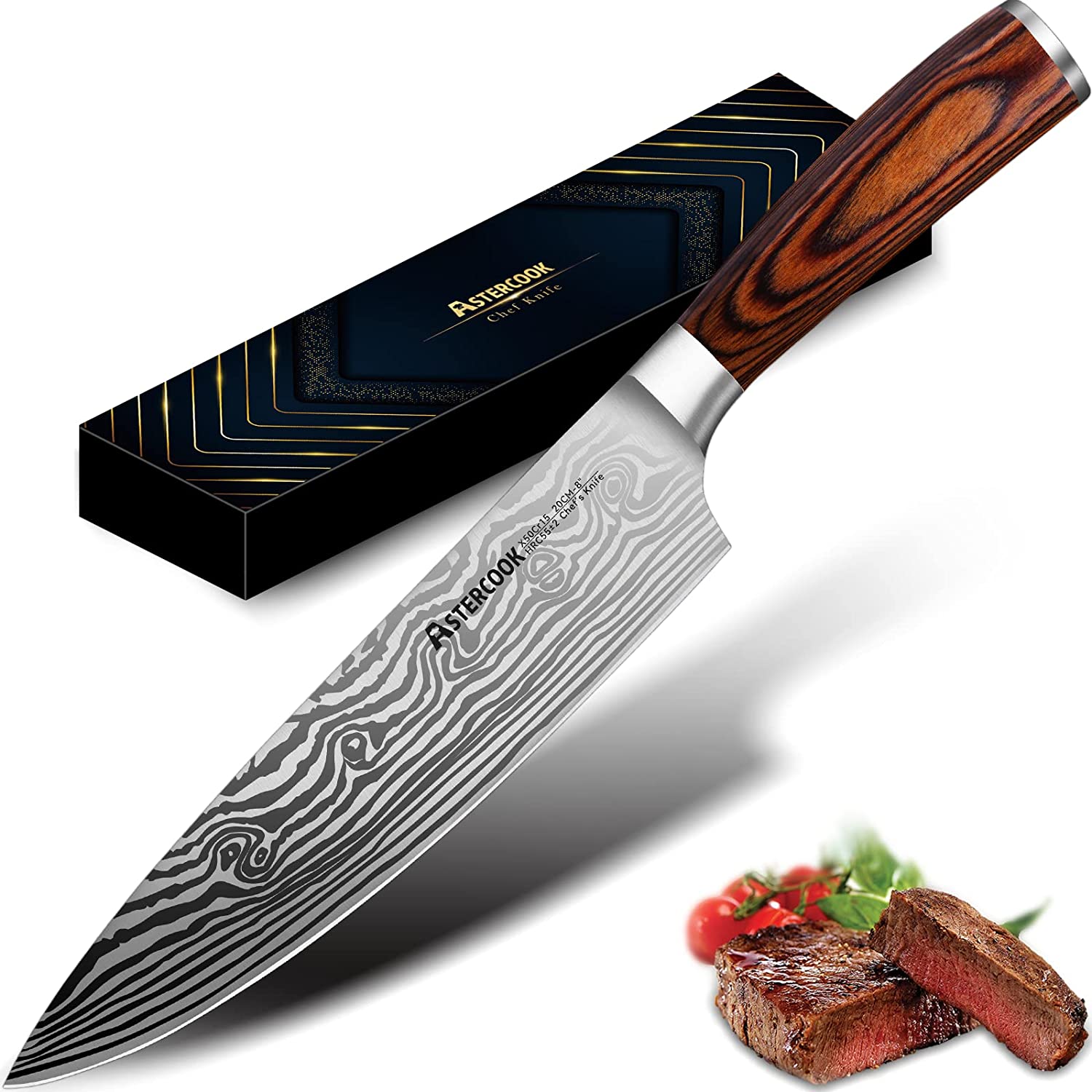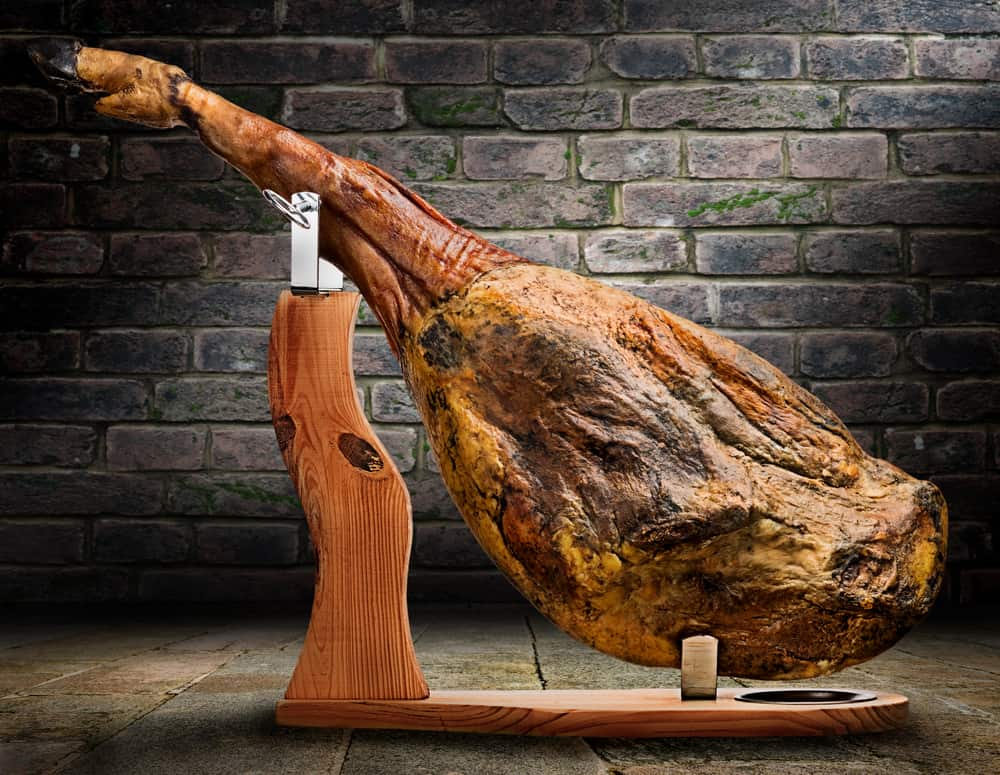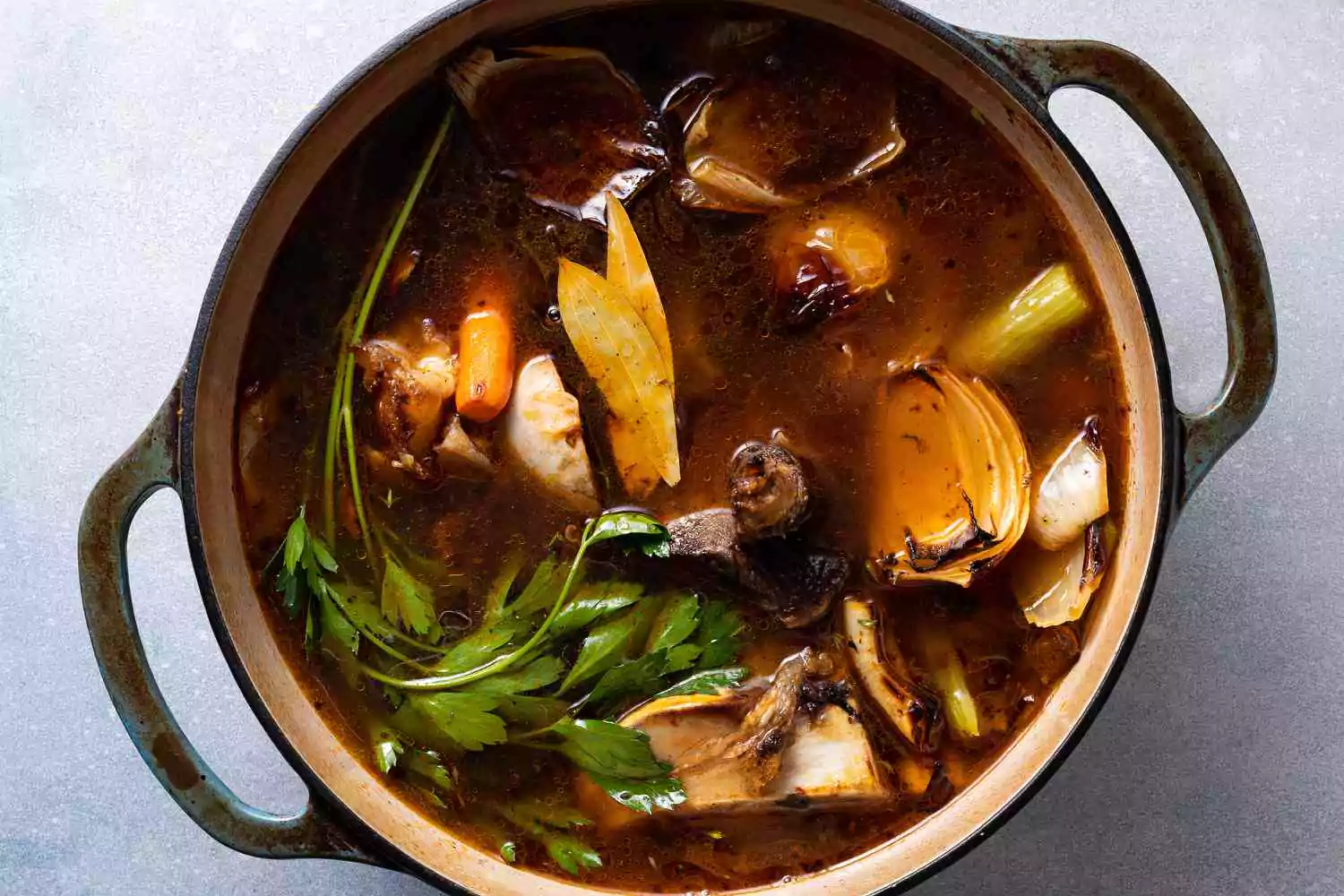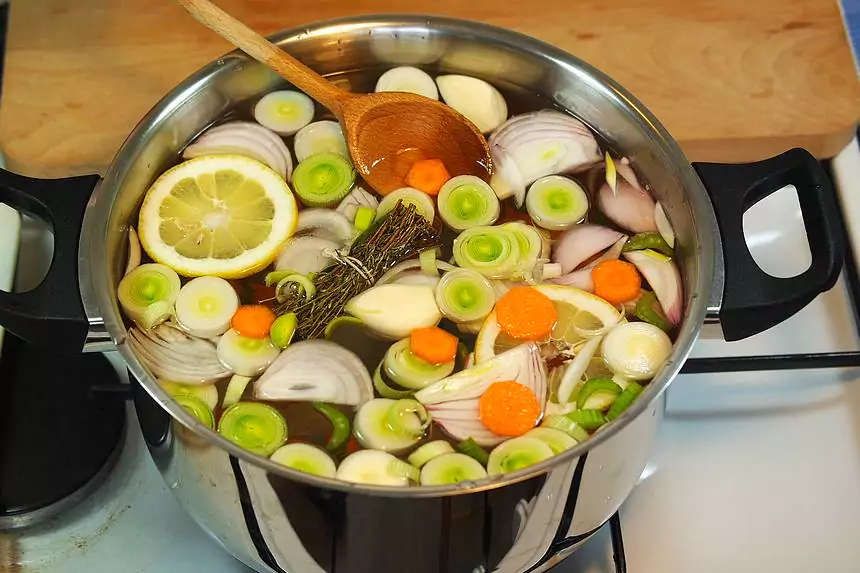
Indulge in Gourmet Cacio e Pepe Delights: 5 Savory Secrets
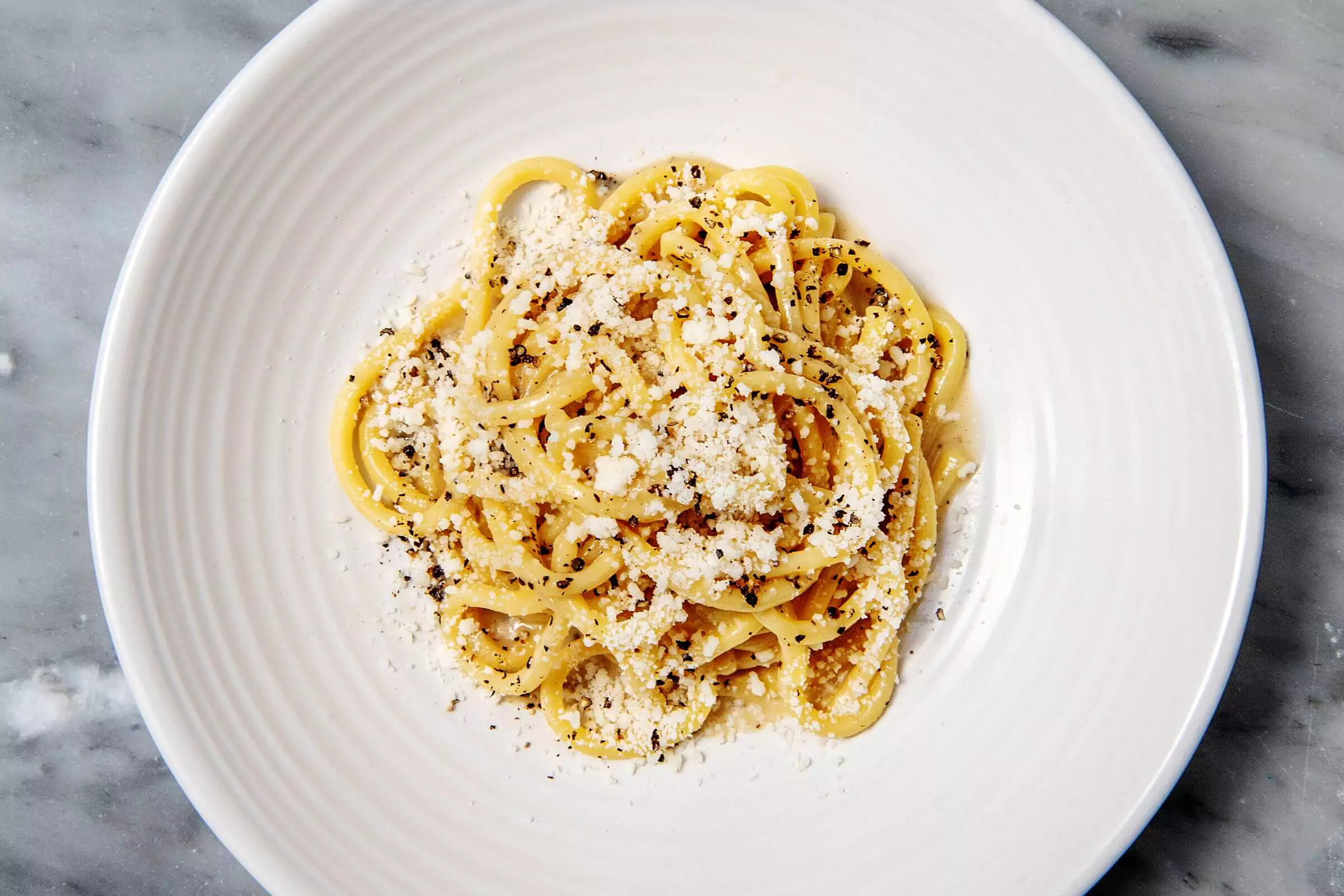
Gourmet Cacio e pepe is a delicious pasta dish that many people who like Italian food are familiar with. With its thick, creamy sauce and robust flavours, this simple yet magnificent pasta dish has earned a reputation as a comfort meal. But what is cacio e pepe, and why has it won the hearts and stomachs of diners everywhere? Come along as we go on an exciting adventure into the fascinating world of gourmet cacio e pepe.
Cacio e Pepe Origin
Cacio e Pepe is a simple and tasty pasta dish from Italy that has become famous all over the globe. The name of this cuisine, which has its roots in Rome, Italy, literally translates to “cheese and pepper” in English, which is a perfect description of the dish’s primary components. Although it just requires pasta, Pecorino Romano cheese, black pepper, and water to make, Cacio e Pepe has gained worldwide renown as a classic of Italian cuisine. Cacio e Pepe is a meal with modest roots; it is said to have been created by Roman shepherds as they cared for their sheep in the countryside.
The cuisine relied on easily transportable, shelf-stable components like hard cheese and black pepper. Cacio e Pepe quickly became a Roman staple and ultimately made its way to the rest of Italy.
Why Cacio e Pepe is so Popular in Italy?
The dish’s ease of preparation is likely a contributing factor to Cacio e Pepe’s meteoric rise to fame in Italy. Cacio e Pepe is the epitome of the Italian value for basic, high-quality ingredients, for which the country is renowned. It’s all about the quality of the ingredients; here, that means sharp and acidic Pecorino Romano cheese and the assertiveness of freshly ground black pepper. Al dente pasta, usually spaghetti or rigatoni, has a firm texture that pairs well with the smooth cheese and pepper sauce.
The dish’s adaptability also contributes to Cacio e Pepe’s widespread acclaim throughout Italy. This meal lends itself well to individual interpretation. Although purists insist that the original recipe should just comprise cheese, pepper, pasta, and water, some variants may include other ingredients like butter, olive oil, or garlic. However, Cacio e Pepe’s popularity among Italians stems from the fact that it can be prepared quickly and easily at home or as a comforting dish while dining out.
Cacio e Pepe’s exquisite flavour profile and simple preparation have helped spread its fame over the world. Many people like the flavour that results when sour, creamy cheese is mixed with the spicy bite of black pepper. The recipe can be prepared in a matter of minutes with little in the way of preparation, making it a practical and appetising alternative for harried home chefs. Celebrity chefs and food bloggers have contributed to Cacio e Pepe rise to fame by using it in their own dishes and television programmes.
Cacio e Pepe owes its success both to its modest roots as a meal cooked with basic ingredients and to its adaptability and flavorful appeal. Cacio e Pepe has cemented its position in Italian and international cuisine, whether eaten as originally prepared in Italy or with a unique spin by chefs elsewhere.
Key Ingredients for Gourmet Cacio e Pepe
Cacio e Pepe is a basic but refined pasta meal that depends on the quality of its components to produce a delightful and unforgettable culinary experience, and these are the crucial elements. This traditional Italian meal may be taken to a whole new level of gastronomic perfection by experimenting with numerous variants and tweaks to suit personal taste.
Pasta
For a really genuine and delicious Cacio e Pepe, the pasta you use is of the utmost importance. The better texture and flavour of durum wheat semolina-based pastas like spaghetti and rigatoni make them the go-to choice. Pasta should be cooked until it is firm to the bite so that it retains its form and texture when tossed with the cheese and pepper, making for a more satisfying meal.
Cheese
Originally from Italy’s Lazio and Sardinia areas, Pecorino Romano cheese is a firm, salty cheese produced from sheep’s milk. Cacio e Pepe is characterised by the bold and acidic taste of Pecorino Romano, which is an essential ingredient. Using high-quality, freshly grated Pecorino Romano cheese is essential since pre-grated cheese may lack the same depth of flavour.
Black Pepper
Cacio e Pepe relies heavily on freshly ground black pepper, thus it’s crucial to use good quality black peppercorns. The meal benefits greatly from the addition of coarsely ground black pepper, which gives it a notable kick while also bringing out the cheese’s and pasta’s natural flavours. Black pepper may be added to taste, although it’s often used in large quantities to give the sauce a strong, spicy flavour.
Water
Cacio e Pepe relies heavily on water, which may seem like a minor element. A thick sauce, consisting of the starchy pasta boiling water, bonds the cheese and pepper to the pasta. Pasta should be cooked in generously salted water to bring forth its full flavour. Before draining the pasta, save aside some of the boiling water in case you need to thin up the sauce.
Garlic
While minced or roasted garlic isn’t often included in basic Cacio e Pepe, it may provide a delicious dimension of flavour to more elaborate preparations. Use garlic sparingly if you want to add a savoury touch without ruining the dish’s delicate flavour balance. Garlic may be roasted and crushed for a smoother, milder flavour, or it can be sautéed in butter or olive oil before being added to the spaghetti.
Olive Oil
Gourmet Cacio e Pepe benefits from the use of extra-virgin olive oil, which is not required but does enhance the dish’s flavour. The overall flavour of the meal may be improved by using a high-quality olive oil with a fruity and powerful flavour. Olive oil may be added to the pasta either before or after it has been mixed with the cheese and pepper.
Butter
In order to get a more indulgent flavour, some upscale preparations of cacio e pepe call for the use of butter. If you create the sauce using high-quality unsalted butter, it could have a smooth texture, and the flavour might become even more luscious. In most recipes, the butter is melted in the same pan as the sauce and pasta, but the amount of butter used in the dish should be kept to a minimum so as not to make the dinner too fatty.
Important Things to Consider While Making Cacio e Pepe
To assist you get a gourmet outcome while making cacio e pepe, here are some pointers:
High Quality Ingredients
To get a genuine and gourmet taste, you need to use high-quality ingredients. Spaghetti and rigatoni prepared from durum wheat semolina are your best bet since they don’t break apart in the sauce. Cacio e Pepe gets its signature flavour from sheep’s milk Pecorino Romano cheese, so use the greatest quality you can find. For the greatest taste, use freshly ground black pepper made from high-quality black peppercorns.
Pasta Water
Cacio e Pepe sauce relies heavily on the starchy pasta boiling water for its creaminess. Be careful to thoroughly salt the water in which the pasta will be cooked. Before draining the pasta, set aside some of the boiling water to thin down the sauce if necessary. The pasta is coated in a silky, emulsified sauce thanks to the starchy water.
Toasting of Black Pepper
Before being added to the sauce, the black pepper should be roasted in a skillet without any liquid first so that its taste may be enhanced. To release the full flavour of black pepper, toasting it for one to two minutes over medium heat is recommended. If it is overdone, it may have a bitter taste. Toasted black pepper has a more robust taste and aroma than untoasted black pepper.
Whisking
When adding the Pecorino Romano cheese to the sauce, give it a fairly vigorous whisking in order to break up any lumps that may have formed. This will prevent the cheese from clumping together, and it will also enable it to coat the pasta in an equal manner. By aggressively whisking in the cheese, it is possible to create a sauce that is sumptuous and opulent, and it will adhere to the pasta.
Overcooking of Pasta
It is essential that the pasta not be overcooked in order to obtain the ideal texture known as al dente. Because the pasta will continue to cook somewhat after being put to the spicy sauce, the recommended amount of time for cooking the pasta should be reduced by one to two minutes. It is important to maintain a tight check on the cooking time of the pasta so that it does not get overcooked and lose its ideal texture.

Gourmet Cacio e Pepe
Recipe by Smit Modi
Course: Main Course, Dinner, Lunch / Cuisine: Italian / Difficulty: Moderate
Indulge in Gourmet Cacio e Pepe: A deliciously elevated twist on a classic Italian pasta dish.
Ingredients
Directions
- Pasta should be prepared in a big pot of boiling salted water till al dente, as directed on the box. Before draining the pasta, set aside 1 cup of the cooking liquid.
- Black pepper may be toasted for a minute or two in a dry pan over medium heat to bring out its flavour. Take off the stove and put aside.
- Grill a piece of Pecorino Romano cheese in a separate skillet or on a grill until melted and gently browned, approximately 1 to 2 minutes each side. Take it away from the stove for a minute to cool down and then break it up into pieces.
- The grated Pecorino Romano cheese and approximately half a cup of the pasta boiling water should be combined in a large bowl and whisked until smooth and creamy. If the consistency is too thick or too thin, add additional water.
- Butter should be melted over medium heat in a small pot. To prevent browning, sauté the garlic for just a minute or two after adding it. Combine the melted butter, garlic, and toasted black pepper with the cheese. To blend, use a whisk.
- Toss the cooked pasta with the cheese and pepper sauce to get a uniform coating. Pasta’s heat will aid in melting the cheese, resulting in a velvety sauce.
- Immediately before serving, sprinkle the grilled Pecorino Romano cheese on top of the gourmet Cacio e Pepe. If you want, add in some sea salt for flavour.
Notes
- Traditional Cacio e Pepe is given an extra rich and savoury depth by the inclusion of unsalted butter and chopped garlic.
- Cacio e Pepe is a pasta dish that has garnered worldwide fame and is often included in gourmet restaurants and culinary magazines as an upscale and refined option. Different varieties of pasta, varying amounts of toppings like truffles or bacon, and innovative plating options are just a few ways in which chefs may put their own creative spin on the meal.
- Traditional cacio e pepe uses Pecorino Romano, although other hard cheeses like Parmigiano-Reggiano or Grana Padano may be used for a somewhat distinct taste. For extra flavour and texture, some cooks (both professional and amateur) like to add butter, garlic, pancetta, or even truffle oil to their cacio e pepe. While spaghetti is the most traditional pasta for cacio e pepe, other forms such as fettuccine, rigatoni, or bucatini may be used to create interesting variants on the meal.
FAQs
-
What kind of cheese is used in cacio e pepe?
Pecorino Romano cheese, which is a dry, salty cheese derived from sheep’s milk, is the cheese that is traditionally used in authentic cacio e pepe dishes.
-
Can I use a different type of pasta?
You may make cacio e pepe using any sort of long, thin pasta, including spaghetti, although the typical option is spaghetti. Linguine and bucatini are other good alternatives.
-
What if my sauce is too thick?
If your sauce is too thick, you may thin it down by adding a splash or two of the water that was retained from boiling the pasta. This will help produce a smooth and glossy texture in the sauce.
-
Can I make cacio e pepe without butter?
A lighter version of cacio e pepe may be made by omitting the butter or using olive oil in its place. Butter is a traditional component of the dish.
-
Can I add other ingredients to cacio e pepe?
The basic version of cacio e pepe is prepared with simply pasta, cheese, and pepper; however, if you want to put your own twist on the meal, you may try adding additional ingredients like bacon or garlic.
The elegance of a basic meal like gourmet cacio e pepe is a testament to the skill of Italian chefs. The black pepper adds warmth and richness to the rich and creamy sauce, which pairs well with al dente pasta. You can make a delicious dinner at home that rivals any fine dining establishment with only a few inexpensive items and some know-how in the kitchen. Why not give cacio e pepe a shot tonight? The food will satisfy your taste buds.

